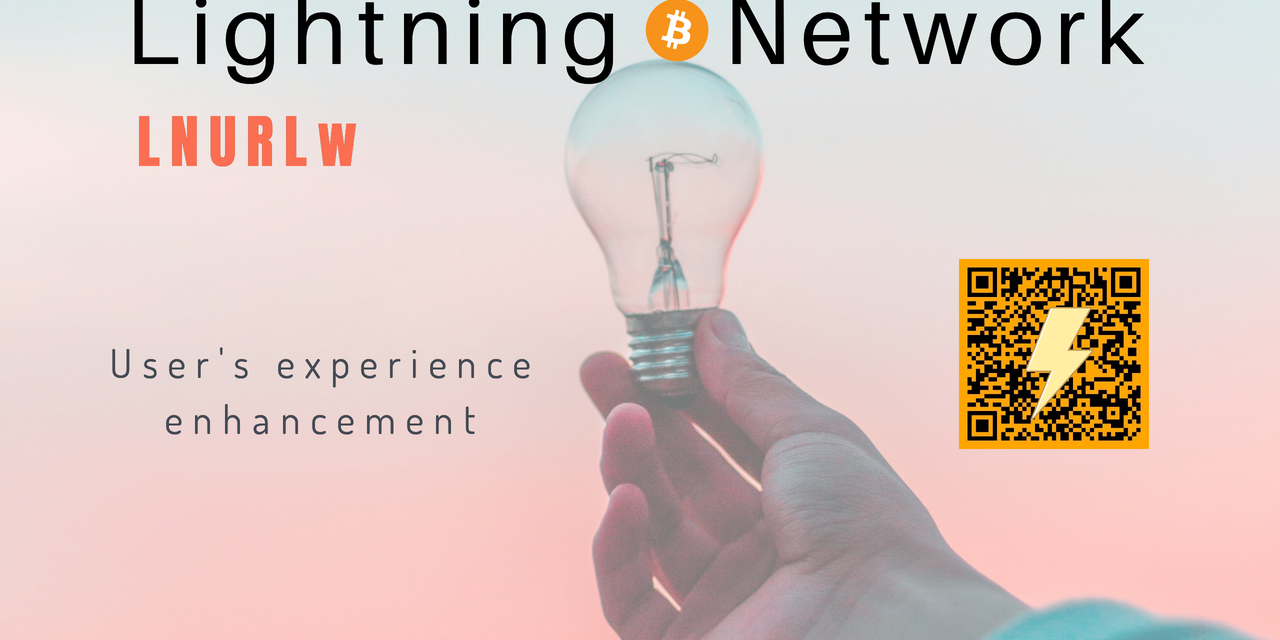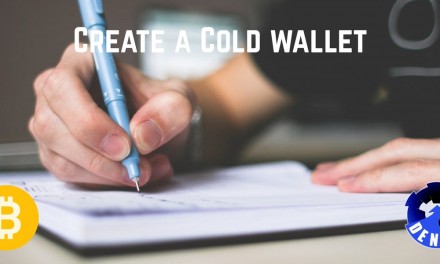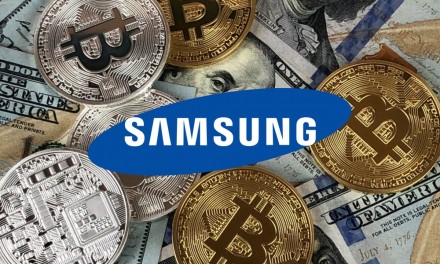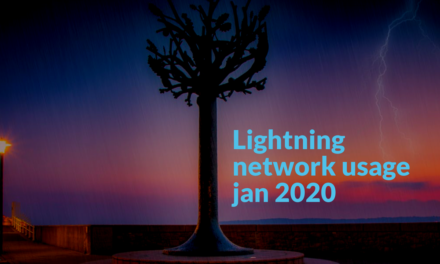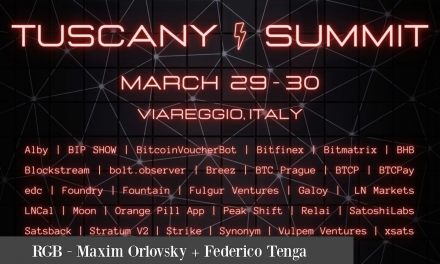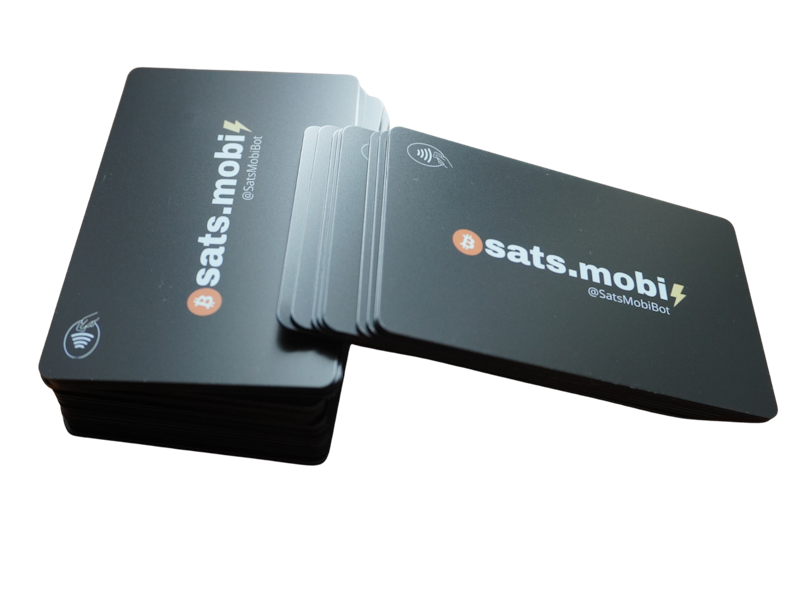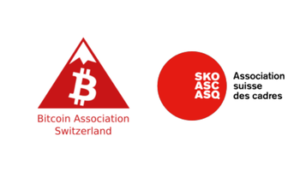Today we talk about LNURL a recently developed protocol that allows to obtain more flexibility on lightning payment networks and a better user experience. it is a recent protocol, not yet widely known but already supported by many lightning wallets. Below we will see which wallets implements this protocol already.
The main advantages
- Cross compatible system, it does not depend on the lightning implementations of the nodes in dialogue;
- Adds functionalities;
- Makes transactions user’s experience simpler as it allows in certain contexts to automatize some tasks, therefore requiring less efforts from user’s side.
We know that usually if Alice wants money from Bob as a lightning network payment, she has to create an invoice of the desired amount and send it to Bob. Bob has a certain amount of time to pay it. The whole procedure is created by several steps (as you have seen) and is moreover inconvenient because it implies an action on the part of who wants to be paid.
In most user-facing b2c applications, it’s pretty bad UX for the user to have to generate an invoice and then paste it into a service.
LNURLw is a kind of pull function that allows the user to withdraw a certain amount of funds. It is therefore not necessary for the paid to issue an invoice, but it will be enough to scan the qrcode.
What happens behind the scenes?
- The person who is getting paid, scans the qrcode using his/her wallet;
- The server tells the wallet to create an invoice of amount X and how to transmit it;
- The wallet generates an invoice for X amount;
- The invoice is sent back to the server;
- The server pays it;
- The payee receives the Sats in the wallet without moving a finger;
Which wallets do support it already?
- Phoenix
- Breez
- BlueWallet
- Wallet of Satoshi
- SBW
- coinos
- LNbits
- lntxbot
- ThunderHub
- Zap-Android
- Zap-iOS
- Zeus
Who else?
There are many ATM lightning network that use this kind of technology or other automatized services. The experience for the client is dramatically enhanced by this and also the possibilities of errors is minimized. For these reasons this protocol is in fast and great adoption across the services and the wallets.

